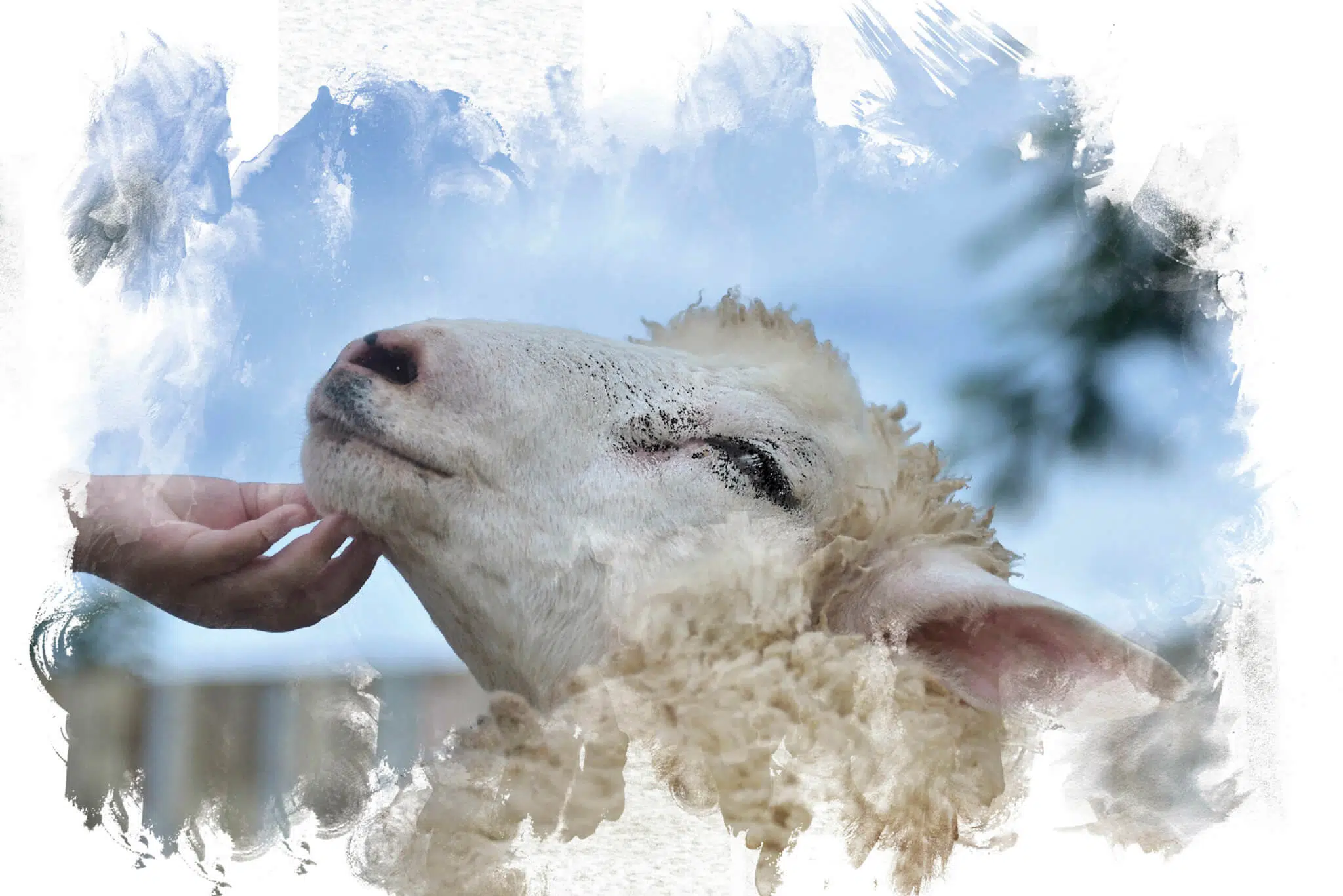The debate over improving production versus improving efficiency is as old as time, and the search for the best ways to improve remains as relevant as ever. These types of discussions should be seen as constructive yardsticks that allow us to continuously measure and improve our profitability and stay ahead of the curve. Understanding why producers need to focus on sustainably improving efficiency will help them to get over their fears of the debate to see the beauty of asking this age-old question.
Just a little change, small to say the least
Due to ever-increasing production costs, producers are forced to face the reality of sustainably improving production. The question then remains, do producers opt for maximal production or improved efficiency? To understand the difference, we need to go back to the definitions:
- Maximal production: To produce as much as possible from one unit, while disregarding the welfare/longevity ofthe unit.
- Sustainable improvement of efficiency: Improvement of production and profits without harming the environment, while promoting stewardship and enhancing the quality of life (source: National Institute of Food and Agriculture).
The biggest difference between the two is that when producers force maximum production there are no long-term goals, but when producers opt to improve efficiency they improve on the system already in use by achieving more from the same input.
For example
Farmer A is focused on maximum production and measures his success in terms of the number of lambs weaned per season. This business model may make Farmer A quite rich in the short term. However, because he is forced to farm with the highest number of ewes possible without thinking about long-term effects on his grazing capacity and water usage, his business will not have the longevity he desires.
Farmer B wants to sustainably improve production efficiency, so he only keeps the number of ewes that can sustainably be carried on his farm and focuses on improving conception and weaning rates in order to sustainably wean the most lambs.
The difference between these two systems will be seen in the long term in animal longevity and lifetime production. While Farmer B’s annual profit may seem smaller than that of Farmer A, his lifetime profit will far exceed that of his counterpart.
Sustainably improving production
Producers will be forced to look beyond what they can see by adopting a continuous learning mindset. The first step is to always ensure that animals are fed what they need. By ensuring basal nutrition is good (in terms of both quality and quantity), it is possible to fine-tune different areas of nutrition as needed.
There are several areas producers can focus on to improve the efficiency of sheep production, including my personal top ten:
- Optimising the genetic potential of the flock.
- Culling non-performers.
- Improving management of replacement stock.
- Reducing pre-weaning mortalities (also read: “Breaking the silence of the lambs”).
- Improving weaning weights.
- Implementing a biosecurity programme (also read: “Biosecurity: Keeping out the ‘black’ sheep”).
- Testing breeding rams before the breeding season.
- Improving transition ewe management (also read: “Feeding the white gold factory”).
- Improving feed efficiencies in feedlots.
- Improving herd health (also read: “Zinc – The mineral Zeus”).
Each of these can be discussed at length, and some have already been discussed in previous issues of Wolboer/Wool Farmer, as referenced above. Feed mills will ensure that they keep up with the most recent innovation to improve animal feed, but from a management perspective, farmers will be the ones who drive the production innovation concept on-farm. When consulting your circle of five (trusted friends/advisers who will challenge you to be the best you can be), you should expect that everyone will be able to bring innovative ideas and concepts to the table in order to improve the system.
Ever as before and ever just as sure
The concept of sustainably improving efficiency on-farm is a concept that is here to stay. Choose one area of production and start improving that area. Before you know it, these small changes will add up to sustainably
improving profitability on the farm!
Download the full article in PDF format here, as published in Volume 9, Issue 6 of Wolboer/Wool Farmer.
Anri Strauss is a scientific adviser in the ruminant team at Chemuniqué, holding a master’s degree in nutrition from the University of Pretoria. She grew up on a farm and still lives in the Free State, where she and her husband also farm with Boer goats.











Hi Anri. Goeie artikel baie dankie. Lekker prakties, en sustainability is iets wat boere gou vergeet as dit so lekker reen en daar is baie kos
Very well written and interesting article, Anri, well done.